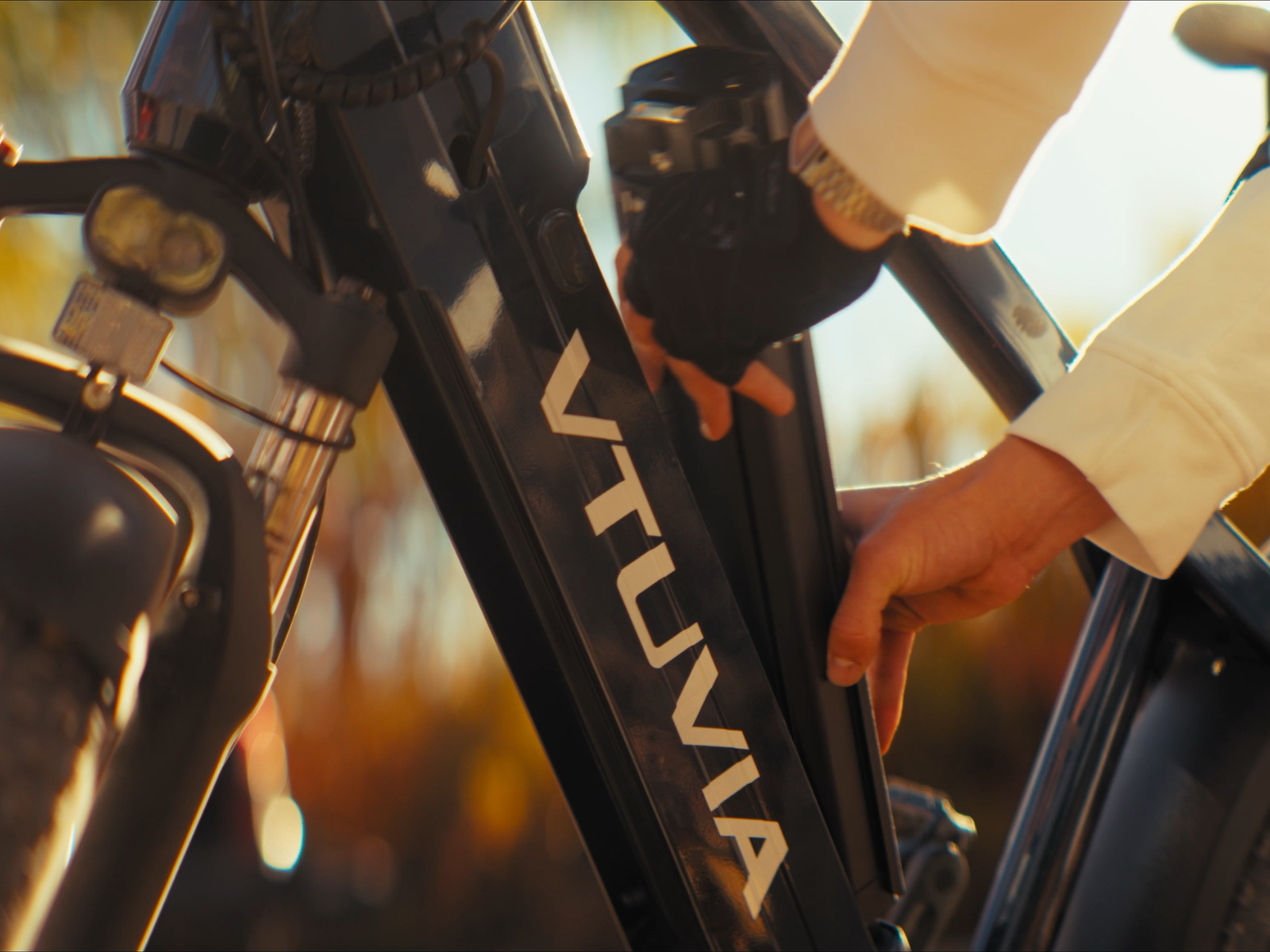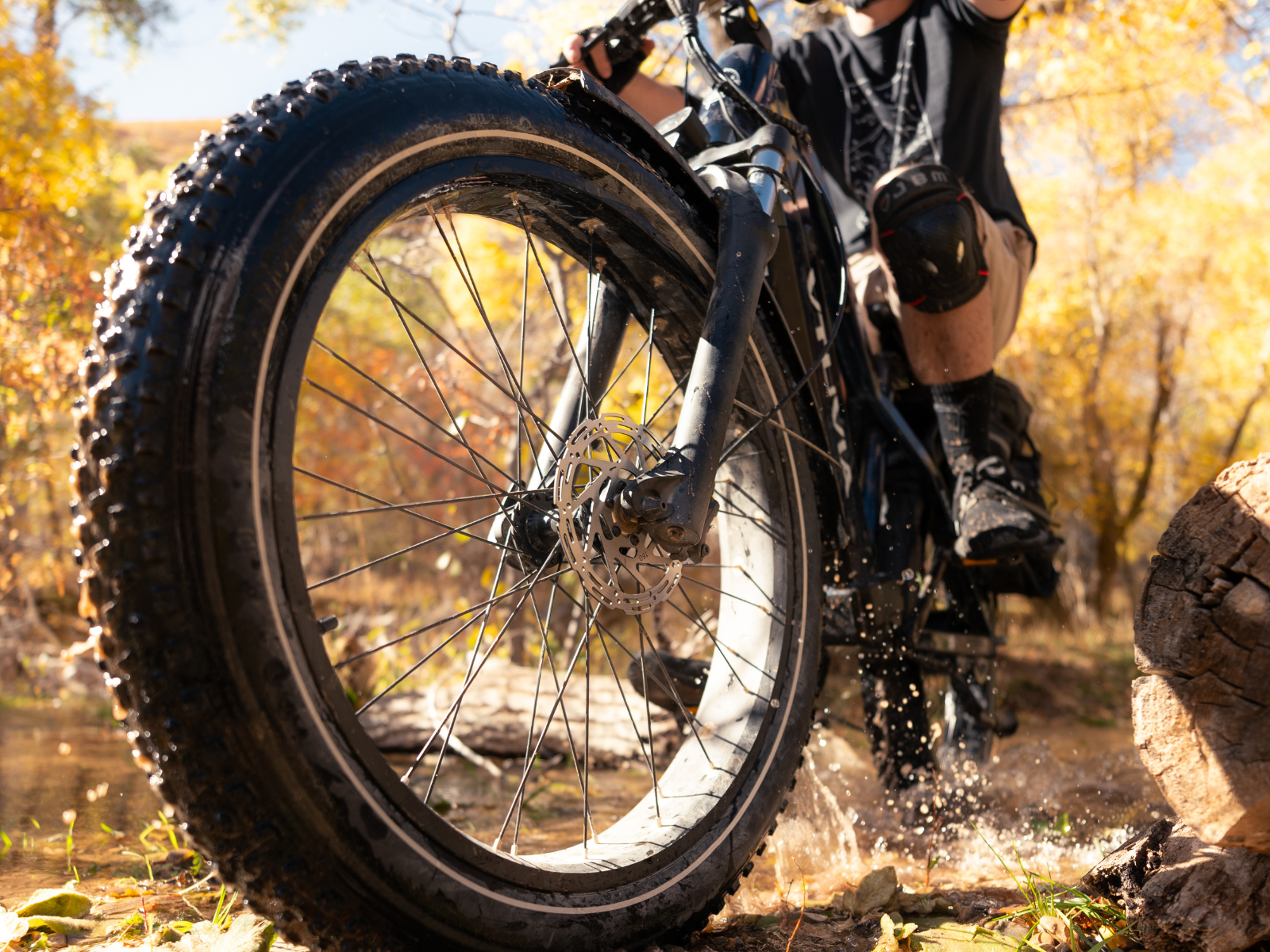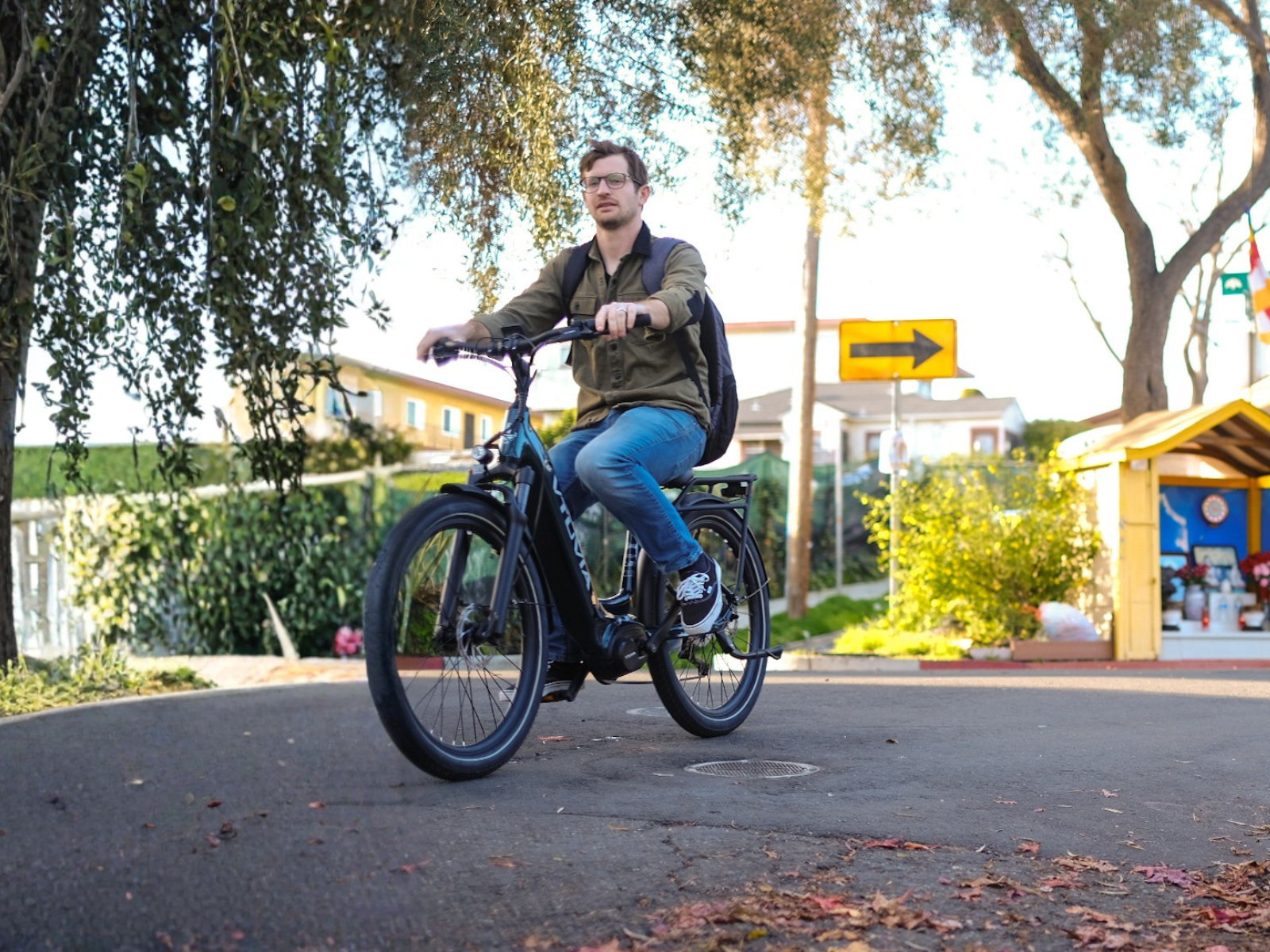Electric bikes (e-bikes) have transformed how people commute, explore, and enjoy cycling. One of the most common questions potential riders ask is, "Do you have to pedal an electric bike constantly?" The answer depends on the type of e-bike and its specific features.
Understanding E-Bike Pedal Assistance and Throttle Modes
Most modern e-bikes come with two primary modes of operation: pedal assist and throttle control.
-
Pedal Assist (PAS): In this mode, the motor provides power only when you pedal. Depending on the level of assistance selected, the bike reduces the effort needed to pedal while increasing speed and efficiency. Pedal assist is ideal for riders who want an exercise component but need extra help on hills or long rides.
-
Throttle Mode: Some e-bikes include a throttle, similar to a motorcycle, allowing the rider to accelerate without pedaling. This is perfect for quick acceleration, taking a break from pedaling, or tackling steep terrain without exertion.
Pedal Assist vs. Throttle Comparison
| Feature | Pedal Assist Mode | Throttle Mode |
|---|---|---|
| Riding Experience | Provides smooth, continuous assistance | Quick acceleration, ideal for short trips |
| Battery Usage | Less power consumption, extended range | Higher consumption, especially at high speeds |
| Control Method | Requires pedaling, ideal for exercise | Only needs throttle control for speed |
| Ideal Usage | Daily commuting, long rides | Short urban trips, quick errands |
Do You Always Have to Pedal?
The answer varies based on the bike model and the laws in your region:
-
Class 1 & Class 3 E-Bikes: These bikes rely solely on pedal assist, meaning you must pedal for the motor to engage.
-
Class 2 E-Bikes: These models feature both pedal assist and throttle mode, allowing you to ride without pedaling if desired.
-
Off-Road & High-Powered E-Bikes: Some adventure and hunting e-bikes have powerful throttles, making them great for riding in rugged terrain without constant pedaling.
Benefits of Pedaling on an E-Bike
Even when throttle mode is available, pedaling offers several advantages:
-
Extended Range and Battery Efficiency: Pedaling reduces motor dependency, conserving battery life and increasing mileage.
-
Optimized Performance: Torque sensor-based pedal assist provides seamless power delivery, improving ride quality.
-
Physical Health Benefits: Pedaling engages muscles, promotes cardiovascular fitness, and offers a customizable workout experience.
-
Regulatory Compliance: Some regions impose restrictions on throttle use, necessitating at least partial pedaling.
E-Bikes vs. Traditional Bikes: The Benefits
Electric bikes offer numerous advantages over traditional bicycles, especially for riders who need a little extra support. Below is a comparison of the benefits that e-bikes provide:
| Feature | Traditional Bike | E-Bike |
|---|---|---|
| Physical Effort | Requires more effort | Less effort needed, thanks to electric assist |
| Riding Experience | Great for experienced cyclists | Ideal for riders of all ages, reduces fatigue |
| Convenience | Best for short trips | Better for long trips, hills, and commuting |
| Versatility | Fitness-focused | Great for family outings, commuting, and leisure rides |
Choosing the Right E-Bike for Your Needs
Selecting an e-bike depends on your riding style and needs. For those seeking a workout-friendly experience, a torque-sensor PAS system offers dynamic support. If convenience is a priority, a Class 2 e-bike with a throttle provides flexibility. Models like VTUVIA e-bikes integrate both technologies, ensuring a versatile and efficient riding experience.
Recommended VTUVIA E-Bikes
| E-Bike Model | Ideal Rider | Key Features | Recommended Use |
|---|---|---|---|
| VTUVIA SN100 | Dads, Heavy Riders | 750W motor, torque sensor, long range | Mountain riding, city commuting |
| VTUVIA SF20H | Families, Commuters | Foldable, front rack, comfort ride | Family trips, daily commuting |
| VTUVIA SX20 | Kids, Short Riders | Foldable design, family-friendly | City rides, family outings |
Final Thoughts
While you don’t always have to pedal an electric bike, doing so offers advantages like better range, improved fitness, and a more enjoyable ride. Whether you prefer full throttle or light pedaling, e-bikes provide flexibility to match your riding style and needs. Choosing the right e-bike—whether it's a VTUVIA model with pedal assist, throttle, or both—ensures you get the best experience possible.





Share:
Why Electric Fat Tire Bikes are Good Choice for Adventurous Riders?
Essential Guide to E-Bike Battery Charging: Tips for Spring Rides and Long-Lasting Power